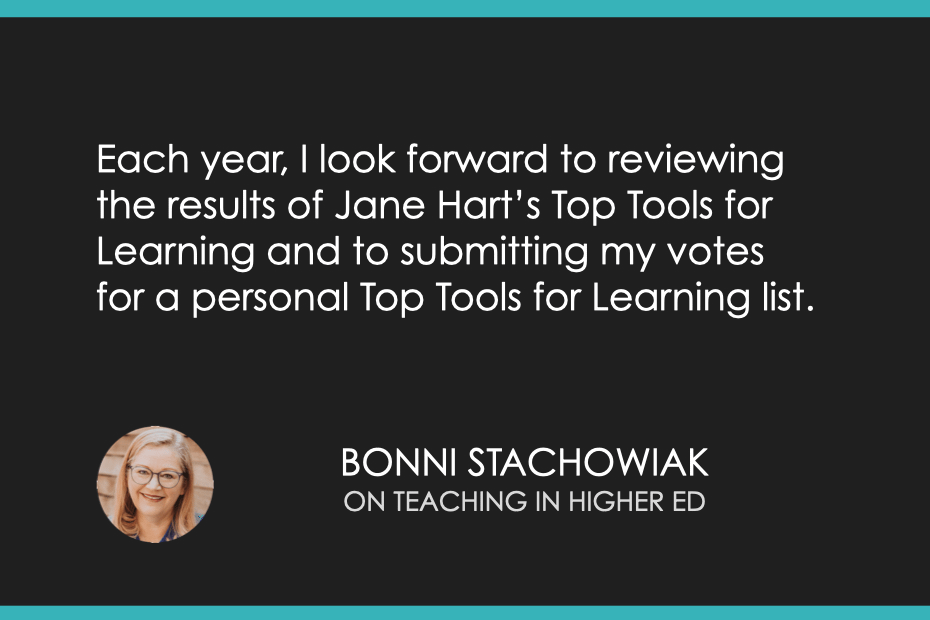
Top Tools for Learning
Teaching in Higher Ed
00:00
I Love Padlet, It's a Great Tool for Teaching Online
Padlet allows you to have a ccustomed background. It's such a powerful tool, and i use it multiple times a day. I cannot recommend padlet enough. And loom is really powerful. There are a lot of different screen casting applications out there. But for me, dave, the feature that you talked about with that being ready to go in clip board is called authentic assessment. How do we get as close to the skills that we're trying to teach them as possible? So ive found a beautiful picture of that, cause it did remind me where you were going with noticing and n so every person in the room had a set of stickies in front of them.
Play episode from 21:36
Transcript



